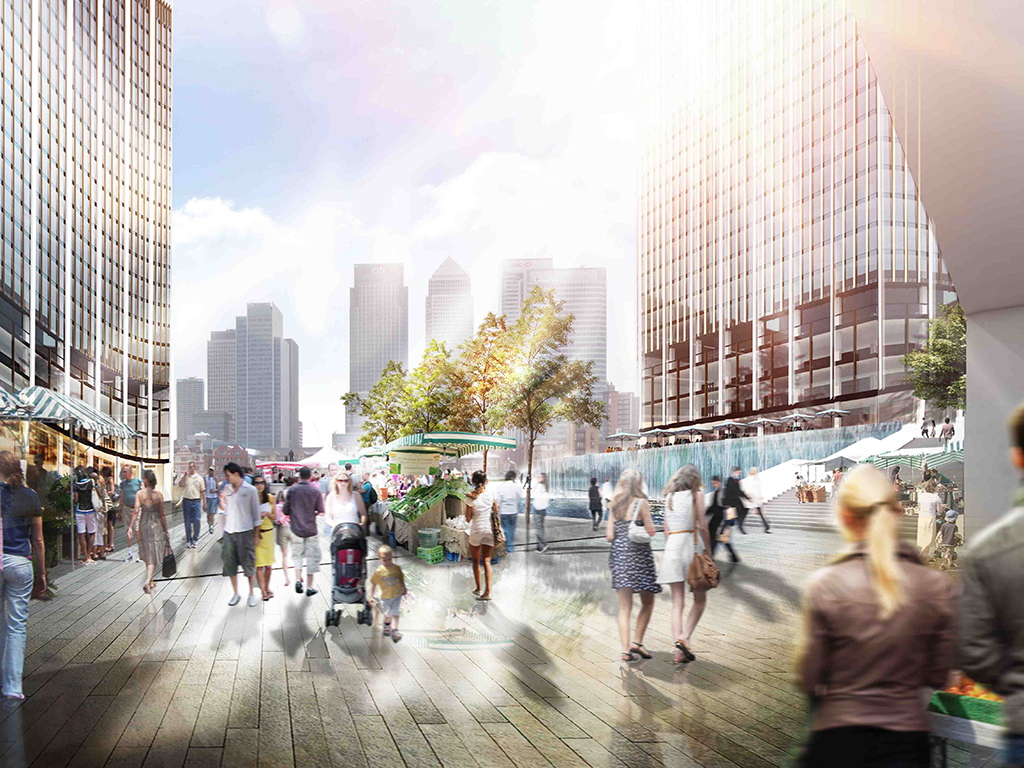Shadowless skyscrapers come to London
NBBJ architects have revealed plans to eradicate the shadows cast by looming skyscrapers in inner cities

An architectural design created by NBBJ for a pair of 'shadowless' skyscrapers in London. With the growing number of tall structures in the city, there could be many of these buildings to come
With increasingly less room on the ground, cities are moving up into the skies in order to provide much sought-after working and living space. Yet the problem this rising trend presents is the darkness shed over those below. In an innovative solution to this urban problem, London-based architects from the global firm, NBBJ, have unveiled designs for a pair of ‘shadowless’ skyscrapers.
Using the computer-modelling software Rhinoceros, NBBJ has designed two buildings that work together to reflect sunlight – thereby minimising the shadows cast below. One of the two structures is clad with curved glass that is precisely angled towards the sun using algorithms. The meticulously designed facade follows the solar path throughout the day, regardless of the time of year. The location of such buildings is therefore vital in the planning process so as to achieve the desired illuminating effect.
“One of NBBJ’s principle concerns is public spaces and how the public use and interact with them. The no shadow tower reframes the tall buildings debate from the number of towers planned to now focus on placemaking, human interaction and the impact at street level. The key to getting tall buildings right is at the skyline level and the base, ensuring quality public realm,” Christian Coop, NBBJ’s design director told The New Economy.
Conceptual designs have so far been created for the Greenwich peninsula in south-east London. “More skyscrapers is something of an inevitability. We’re not going back to an agrarian lifestyle,” Daniel Safarik, a spokesperson at the Council of Tall Buildings and Urban Habitat told Wired. With the growing number of tall structures casting shadows on urban areas, NBBJ’s design could feature along the skyline of major cities around the world. By inputting data relevant to each site, the ‘shadowless’ structure can be built anywhere.













